Home>Articles>How To Find Water Shut Off Valve For Outside Faucet
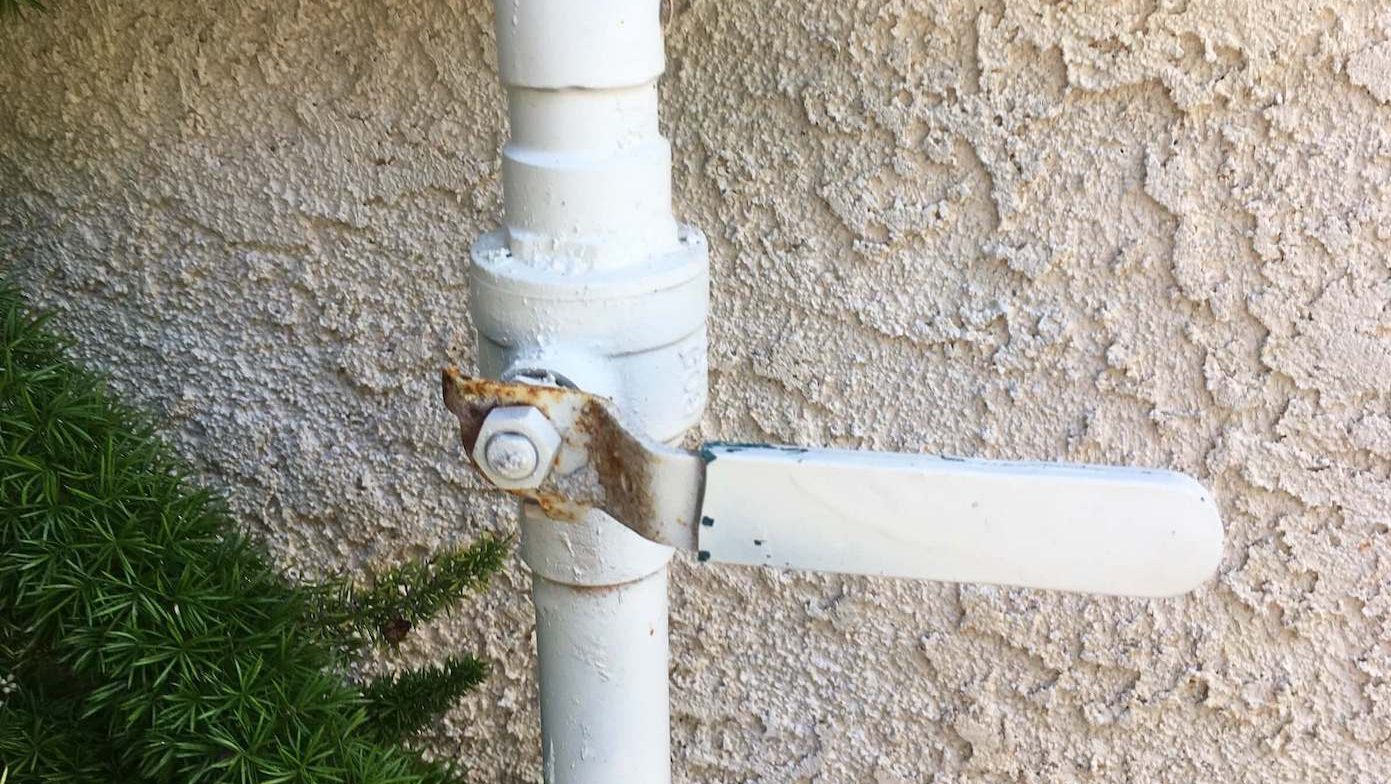

Articles
How To Find Water Shut Off Valve For Outside Faucet
Modified: May 6, 2024
Discover the step-by-step process of locating the water shut-off valve for your outdoor faucet in this informative article. Learn how to easily turn off the water supply to prevent leaks or repairs.
(Many of the links in this article redirect to a specific reviewed product. Your purchase of these products through affiliate links helps to generate commission for Storables.com, at no extra cost. Learn more)
Introduction
When it comes to plumbing emergencies or maintenance tasks involving your outdoor faucet, one crucial step is knowing how to locate and operate the water shut-off valve. The water shut-off valve is responsible for controlling the flow of water to your outdoor faucet, allowing you to turn off the water supply when necessary. Whether you are facing a leaky outdoor faucet, a burst pipe, or simply need to replace a worn-out washer, knowing the location of the shut-off valve is essential.
In this article, we will guide you through the process of finding the water shut-off valve for your outside faucet. By following these steps and using the right tools, you’ll be able to quickly and confidently shut off the water supply, saving you time, money, and potential water damage.
Key Takeaways:
- Knowing the location of your water shut-off valve for the outside faucet is crucial for emergencies, maintenance, water conservation, and seasonal shutdowns. Thoroughly examining your property and utilizing the right tools can help you locate the valve with confidence.
- If you encounter challenges in finding the shut-off valve, consulting blueprints or seeking professional help from a licensed plumber can provide valuable assistance. Being proactive and knowledgeable about your water shut-off valve empowers you to effectively respond to unforeseen circumstances.
Read more: How To Find Outdoor Water Shut Off Valve
Why You Need to Locate the Water Shut Off Valve
Before we dive into the steps for locating the water shut-off valve, let’s understand why it’s essential to know its location. Here are a few reasons:
- Emergency Situations: Plumbing emergencies can happen at any time, such as a burst pipe or a major leak. Being able to quickly locate and shut off the water supply can help prevent further damage to your property.
- Maintenance and Repairs: If you need to repair or replace your outdoor faucet, finding the shut-off valve will allow you to turn off the water and work on the faucet without water flowing.
- Water Conservation: Locating the shut-off valve allows you to control the water supply to your outdoor faucet, helping you conserve water and reduce your utility bills.
- Seasonal Shutdown: In colder climates, it’s important to shut off the water supply to your outdoor faucet before winter to prevent freezing and potential pipe damage.
By knowing the location of the water shut-off valve, you can respond quickly to emergencies, perform necessary maintenance tasks, and be proactive in conserving water and protecting your outdoor plumbing.
Tools You Will Need
Before you begin the process of locating the water shut-off valve for your outside faucet, make sure you have the following tools on hand:
- Flashlight: A flashlight will come in handy when inspecting dark or hard-to-reach areas.
- Utility Knife: You may need to cut through sealants or packaging when accessing certain areas.
- Tape Measure: A tape measure can be useful when referencing measurements or distances mentioned in blueprints.
- Screwdriver: A screwdriver with interchangeable heads will be helpful for removing cover plates or opening access panels.
- Plumbing Wrench: Depending on the type of shut-off valve you encounter, a plumbing wrench may be needed to turn the valve.
- Pen and Paper: It’s always a good idea to have a pen and paper handy to jot down any important findings or notes during your search.
Having these tools readily available will make the process of locating the water shut-off valve for your outdoor faucet smoother and more efficient.
Step 1: Examine Your Property
The first step in finding the water shut-off valve for your outside faucet is to conduct a thorough examination of your property. Take a walk around your house and familiarize yourself with the layout, paying attention to any visible plumbing fixtures or pipes.
Look for any signs that indicate the presence of an outdoor faucet, such as a hose bib or a pipe sticking out of the ground. These can serve as starting points in your search for the shut-off valve.
During your examination, take note of any visible pipes or plumbing fixtures that may be connected to the outdoor faucet. Trace the pipes visually, following their path to see if you can identify any potential locations where the shut-off valve may be.
If you have multiple outdoor faucets, make sure to identify and mark each one so that you can locate the corresponding shut-off valve for each faucet.
Remember to check both the front and back of your property, as sometimes the shut-off valve might be located on the side or in a less obvious spot.
By thoroughly examining your property and becoming familiar with the layout, you will have a better understanding of where to focus your search for the water shut-off valve.
Step 2: Look for the Main Water Valve
After examining your property and identifying potential locations for the water shut-off valve, the next step is to locate the main water valve. This valve controls the flow of water to your entire house.
The main water valve is typically located near the water meter or where the main water supply enters your home. Common places to find the main water valve include the basement, crawlspace, utility room, or near an exterior wall.
Look for a round or lever-style valve handle. In some cases, the valve may be labeled or have a sign indicating its purpose. It’s advisable to turn the valve clockwise to shut off the water. However, consult your local plumbing codes or seek professional help if you are unsure.
Once you have located the main water valve, turn it off to stop the flow of water to your entire house. This will allow you to work on finding the shut-off valve for the outside faucet without the risk of water flowing.
Note that the location of the main water valve can vary depending on the age and design of your home, so be sure to thoroughly explore the areas mentioned and any additional spaces where the valve may be located.
By finding and shutting off the main water valve, you will have full control over the water supply to your house, making it easier to locate and operate the water shut-off valve for the outside faucet.
Read more: Where Is The Outdoor Water Shut Off Valve
Step 3: Determine the Location of the Outside Faucet
Once you have located and shut off the main water valve, the next step is to determine the exact location of the outside faucet. This will help narrow down your search for the water shut-off valve.
Start by visually inspecting the exterior of your house. Look for any visible pipes or plumbing fixtures that lead to the outside faucet. Common areas to check include the foundation, walls, or near the outdoor living spaces.
If you have a basement or crawl space, check for any pipes that extend from these areas to the exterior of your house. Follow these pipes to track the route towards the outside faucet.
Keep in mind that the outside faucet is often located near areas where you would typically use water outdoors, such as the front or back yard, garden, patio, or garage. Look for any signs of water connections or fixtures in these areas.
Use your flashlight to examine any hard-to-reach or poorly lit areas that may have an outdoor faucet. Look for any hoses, hose bibs, or other water outlets that may indicate the presence of an outdoor faucet nearby.
If you have an irrigation system, the outside faucet may be connected to a separate shut-off valve specifically for the irrigation system. Take note of any irrigation valves or control boxes that may be present and inspect those areas as well.
By determining the location of the outside faucet, you will have a better idea of where to focus your search for the water shut-off valve.
Look for the water shut off valve for the outside faucet near the foundation of your house. It is usually located in close proximity to where the outdoor faucet is installed.
Step 4: Inspect the Perimeter of Your House
With the location of the outside faucet in mind, it’s time to inspect the perimeter of your house in search of the water shut-off valve. Start by examining the immediate area surrounding the faucet, as the shut-off valve is typically located nearby.
Look for any visible pipes or plumbing fixtures that could indicate the presence of the shut-off valve. Pay close attention to areas where the pipes may enter the walls or foundation of your house.
Inspect the exterior walls for any access panels or cover plates that could be hiding the shut-off valve. These panels are often located near plumbing fixtures or areas where pipes enter or exit your house.
Use your screwdriver or utility knife to remove any cover plates or access panels, if applicable. Be cautious and follow safety precautions when handling tools and removing these panels.
If you have an older house, the shut-off valve may be located inside a small underground pit or a valve box. These can be found near the foundation of the house, typically close to the outside faucet.
If you encounter multiple shut-off valves in your search, make sure to turn off each valve one at a time and test the water flow at the outside faucet to identify the correct shut-off valve. This will prevent unnecessary water disruption and potential damage.
By inspecting the perimeter of your house, you’ll be one step closer to finding the water shut-off valve for your outside faucet. Stay thorough and keep your eyes peeled for any signs of the valve’s existence.
Step 5: Check the Basement or Crawl Space
Checking the basement or crawl space is an important step in locating the water shut-off valve for your outside faucet. Many homes have their plumbing systems routed through these areas, making it a potential location for the valve.
If your home has a basement, start by inspecting the area where the outside faucet is located. Look for any visible pipes or plumbing fixtures that may lead to or away from the faucet.
Trace these pipes to see if they continue into the basement. Follow the path of the pipes and look for any shut-off valves along their route. The shut-off valve might be located close to where the pipes enter or exit the basement walls.
Pay attention to any visible shut-off valves that are connected to the outdoor plumbing system. These valves may be labeled or have signs indicating their purpose, such as “Outdoor Faucet” or “Water Shut-Off.”
If your home has a crawl space, inspect the area beneath the house as thoroughly as possible. Use a flashlight to navigate through the space and look for any visible plumbing fixtures or pipes connected to the outside faucet.
Check for any valve boxes or access panels within the crawl space. These can often hide the shut-off valve for the outdoor plumbing system. Remove any covers or plates to see if the shut-off valve is located inside.
If you are unsure about navigating your basement or crawl space safely or have difficulty accessing certain areas, it’s recommended to seek professional help. Plumbers have the necessary expertise and tools to navigate these spaces and locate the shut-off valve accurately.
Checking the basement or crawl space is a crucial step in your search for the water shut-off valve. By thoroughly inspecting these areas, you improve your chances of finding the valve and gaining control over the water supply to your outside faucet.
Step 6: Explore the Exterior Walls
Exploring the exterior walls of your house is another important step in locating the water shut-off valve for your outside faucet. The shut-off valve is commonly positioned near the outdoor plumbing fixtures, and the exterior walls can provide valuable clues.
Start by examining the area around the outside faucet. Look for any signs of a shut-off valve, such as a small metal or plastic handle protruding from the wall. Sometimes, the shut-off valve may be disguised or hidden behind a cover plate or access panel.
If you find an access panel or cover plate near the faucet, use a screwdriver or utility knife to remove it and check for the presence of a shut-off valve inside. Remember to exercise caution and follow safety procedures when handling tools.
Follow the path of any visible pipes or plumbing fixtures that lead from the outside faucet to the exterior walls. Pipes may enter the walls through an opening or conduit. Examine these areas closely for the possible location of the shut-off valve.
Pay attention to any areas that show signs of recent repairs or plumbing work. In some cases, the shut-off valve may have been relocated during renovations or repairs. Look for freshly painted or patched areas that indicate recent maintenance.
If you are unable to locate the shut-off valve by visually inspecting the exterior walls, refer to any blueprints or property records you may have. These documents often provide information on the plumbing layout and the location of shut-off valves.
By exploring the exterior walls and paying close attention to plumbing fixtures and pipes, you increase your chances of finding the shut-off valve for your outside faucet.
Read more: How To Shut Off Outdoor Water Valve
Step 7: Consult the Property’s Blueprints
If you’re having difficulty locating the water shut-off valve for your outside faucet, consulting the property’s blueprints can provide valuable insights. Blueprints or floor plans of your home typically include the plumbing layout and the location of shut-off valves.
Start by obtaining a copy of the blueprints or floor plans if you have them. These documents may have been provided to you when you purchased the property, or you can contact the builder or architect for assistance.
Once you have the blueprints in hand, closely examine the plumbing layout. Look for any indications or labels that point to the location of the water shut-off valve for the outside faucet.
Pay attention to any symbols or labels that indicate valves or outdoor plumbing fixtures. These can provide valuable information on the exact location of the shut-off valve.
Refer to the drawings and dimensions mentioned in the blueprints to help pinpoint the valve’s location. Measurements and grid references can guide you to the correct area where the shut-off valve should be situated.
If you are having trouble interpreting the blueprints or are unclear about the locations indicated, consider consulting a professional, such as a plumber or contractor. They can help you understand the blueprints and provide guidance on finding the shut-off valve.
Consulting the property’s blueprints can be a valuable tool in your search for the water shut-off valve. By utilizing the information provided, you can narrow down the search and locate the valve with greater accuracy.
Step 8: Seek Professional Help if Necessary
If you have followed the previous steps and are still unable to locate the water shut-off valve for your outside faucet, it may be time to seek professional help. Plumbers are trained and experienced in dealing with plumbing systems, including identifying and operating shut-off valves.
A professional plumber can assist you in several ways:
Expertise and Experience: Plumbers have a deep understanding of plumbing systems and can quickly identify the shut-off valve’s location based on your specific situation. They have encountered various configurations and can efficiently navigate through your plumbing infrastructure.
Specialized Tools: Plumbers have specialized tools that can help locate hidden shut-off valves or access tight spaces. They can use these tools to trace pipes, inspect hard-to-reach areas, and accurately locate the valve.
Safety and Efficiency: Seeking professional help ensures your safety and the safety of your plumbing system. Plumbers are trained to handle plumbing emergencies and can shut off the water supply without causing any damage or disruptions to your home.
Additional Repairs or Replacements: If the shut-off valve is damaged or needs replacement, a plumber can perform the necessary repairs or install a new valve for you. This ensures that your outside faucet remains functional and prevents future issues.
When seeking professional help, be sure to choose a reputable and licensed plumber. Check reviews, ask for recommendations from friends or family, and verify their credentials before hiring them.
Remember, sometimes it’s best to rely on the expertise of professionals when dealing with complex plumbing systems. If you have exhausted your search efforts, don’t hesitate to reach out to a plumber for their assistance.
Conclusion
Locating the water shut-off valve for your outside faucet is a crucial skill that can save you time, money, and potential water damage. By following the steps outlined in this article and utilizing the right tools, you can confidently find and operate the shut-off valve whenever the need arises.
We started by emphasizing the importance of knowing the shut-off valve’s location, whether for emergencies, maintenance tasks, water conservation, or seasonal shutdowns. Understanding these reasons underscores the significance of being able to quickly and easily access the shut-off valve.
Throughout the steps, we discussed various methods to aid you in your search. From examining your property to inspecting the basement, crawl space, and exterior walls, each step provides valuable insights and clues to locate the shut-off valve.
If your search proves challenging, don’t hesitate to consult the property’s blueprints or seek professional help. Plumbers have the expertise, tools, and experience to navigate complex plumbing systems and accurately locate the shut-off valve.
Remember, regular maintenance and periodic checks of your outside faucet and shut-off valve can help prevent plumbing emergencies and keep your outdoor plumbing in good working order. Being proactive and knowledgeable about your water shut-off valve enables you to respond effectively to any unforeseen circumstances.
By applying the tips and guidance provided in this article, you can become confident in locating the water shut-off valve for your outside faucet. This knowledge empowers you to take control of your plumbing system, ensuring the safety and proper functioning of your outside faucet for years to come.
Now that you've got a handle on managing your outdoor water supply, why not dive deeper into home maintenance and appliance efficiency? If upgrading home appliances is on your mind, don't miss our detailed review on the latest water valves, perfect for your Whirlpool refrigerator. For those keen on keeping their home in top condition, our comprehensive guide on essential home maintenance tasks will prove invaluable. Both articles offer practical advice that ensures your home runs smoothly and efficiently year-round.
Frequently Asked Questions about How To Find Water Shut Off Valve For Outside Faucet
Was this page helpful?
At Storables.com, we guarantee accurate and reliable information. Our content, validated by Expert Board Contributors, is crafted following stringent Editorial Policies. We're committed to providing you with well-researched, expert-backed insights for all your informational needs.
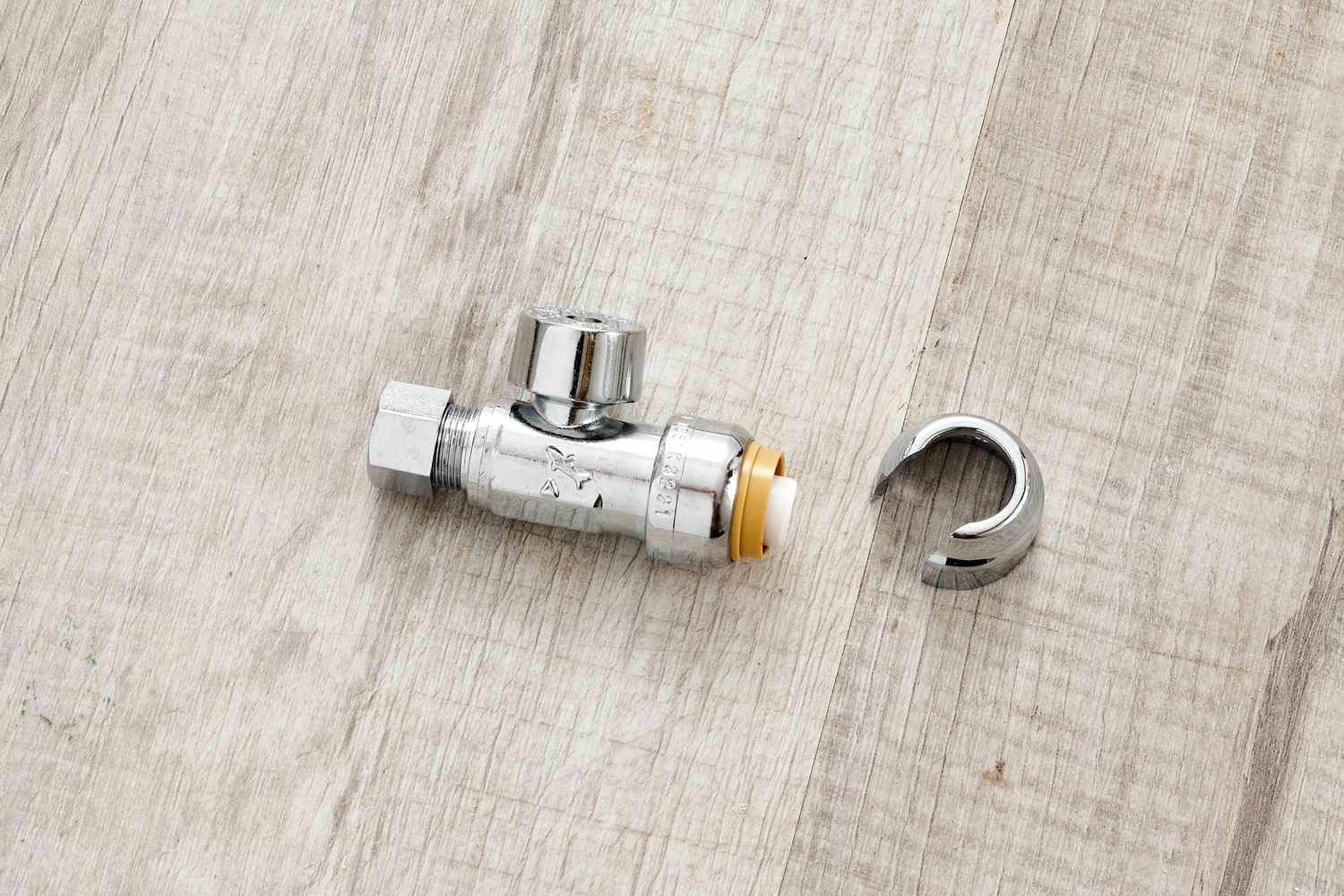
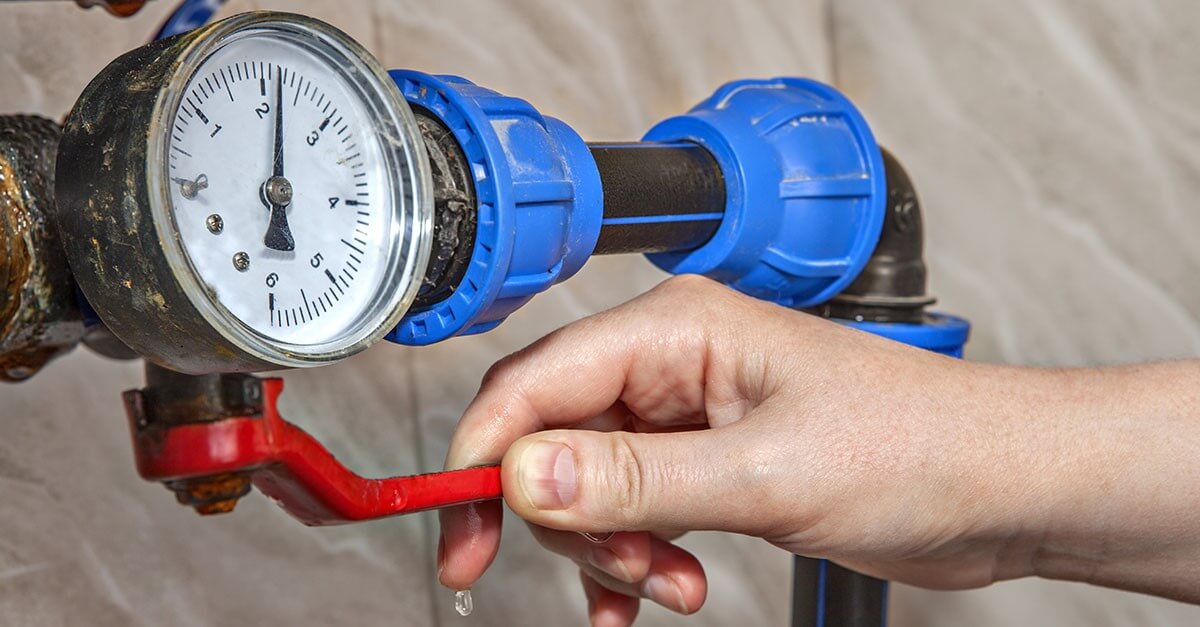
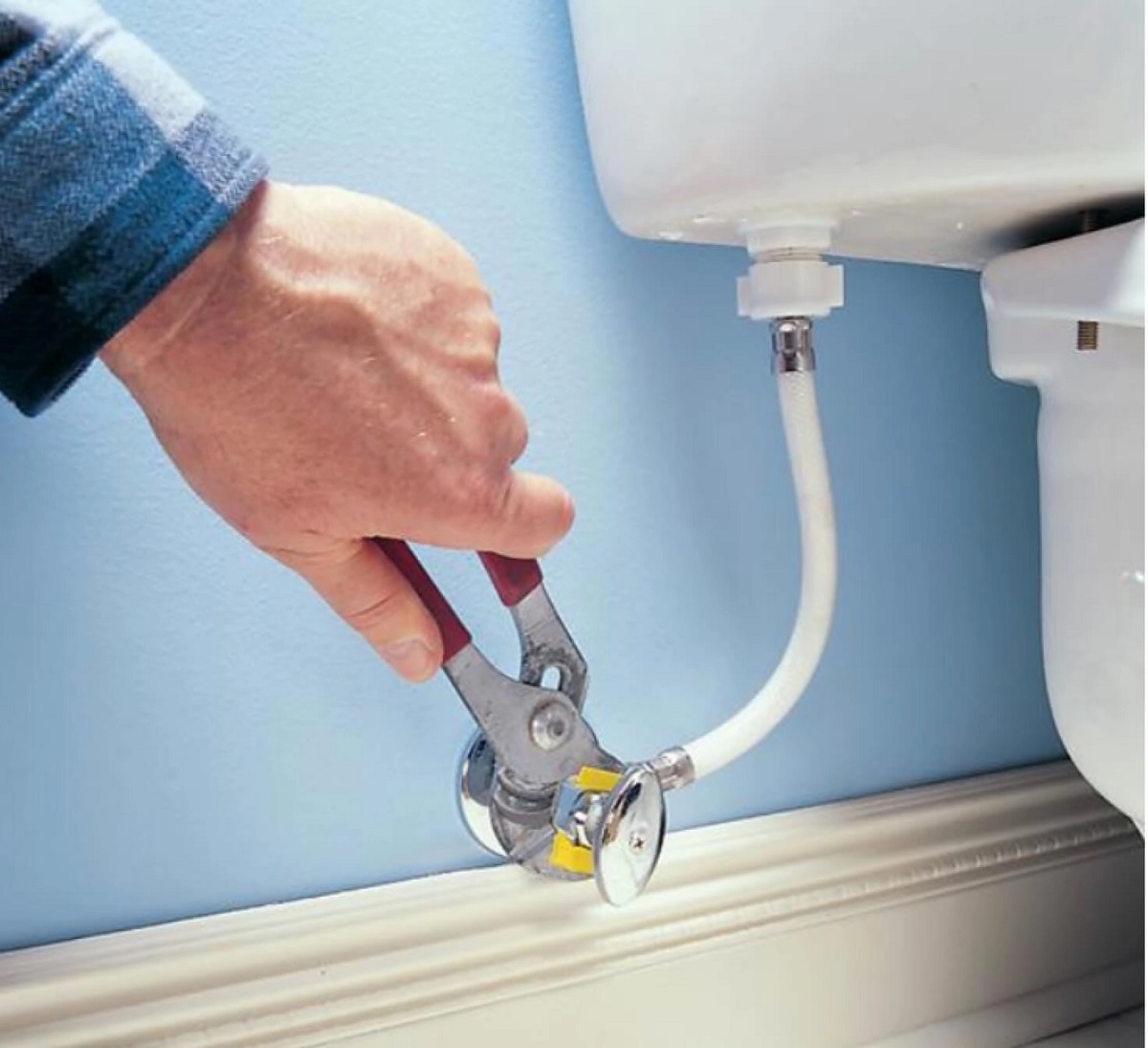
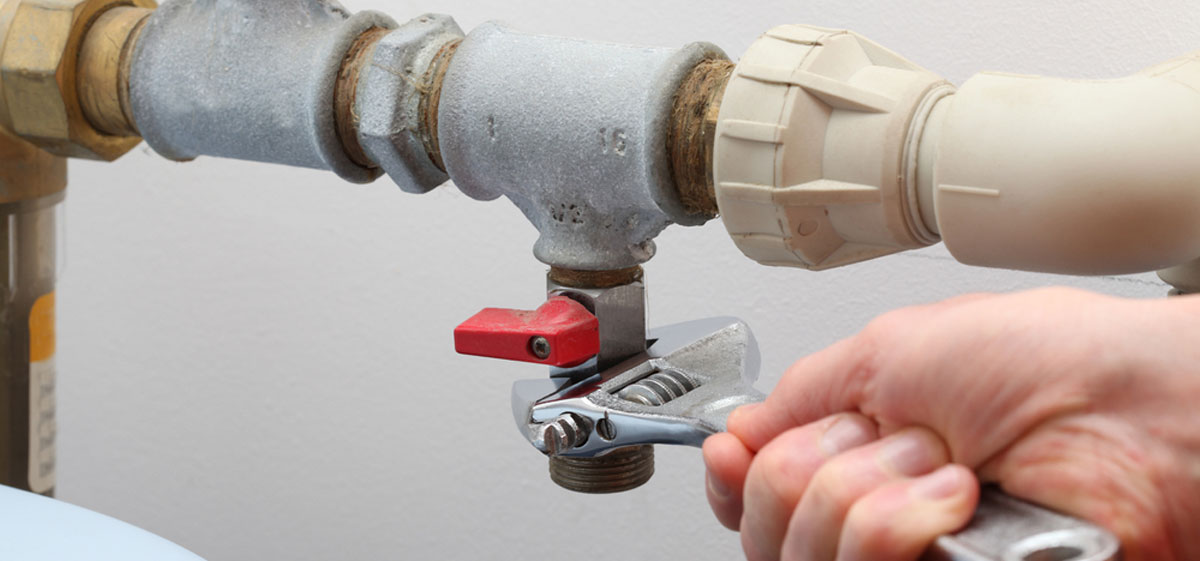
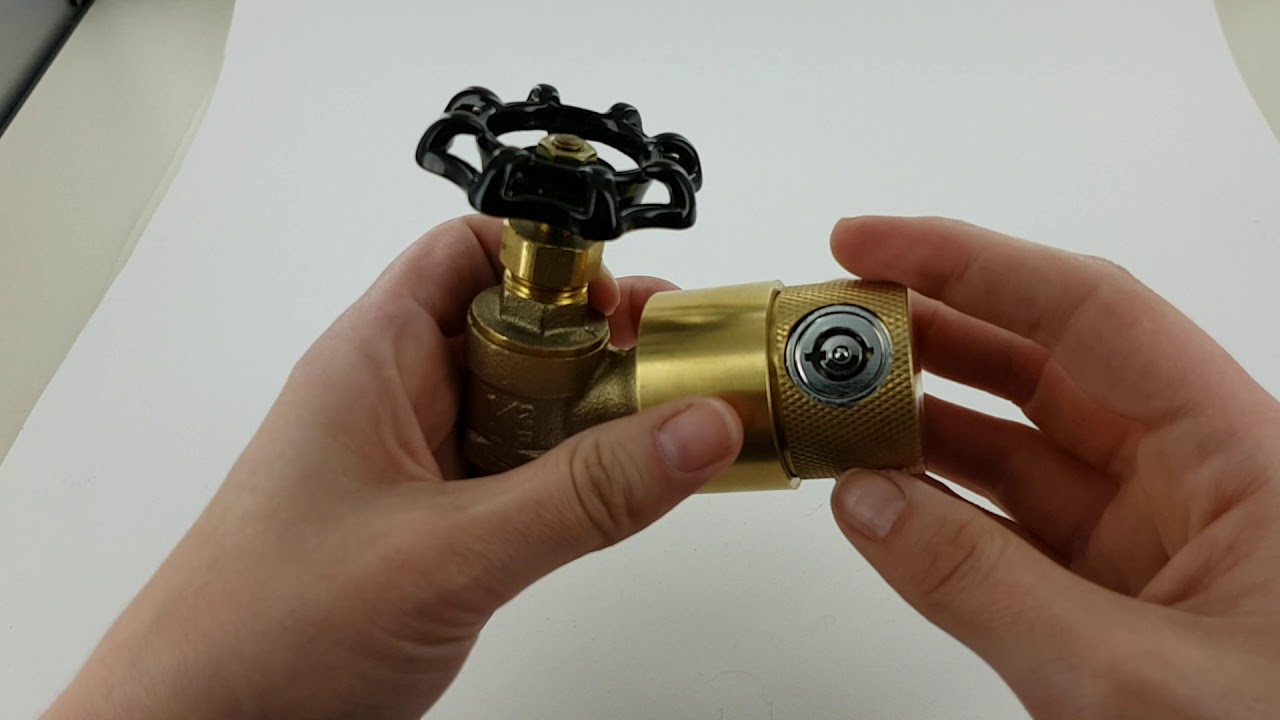
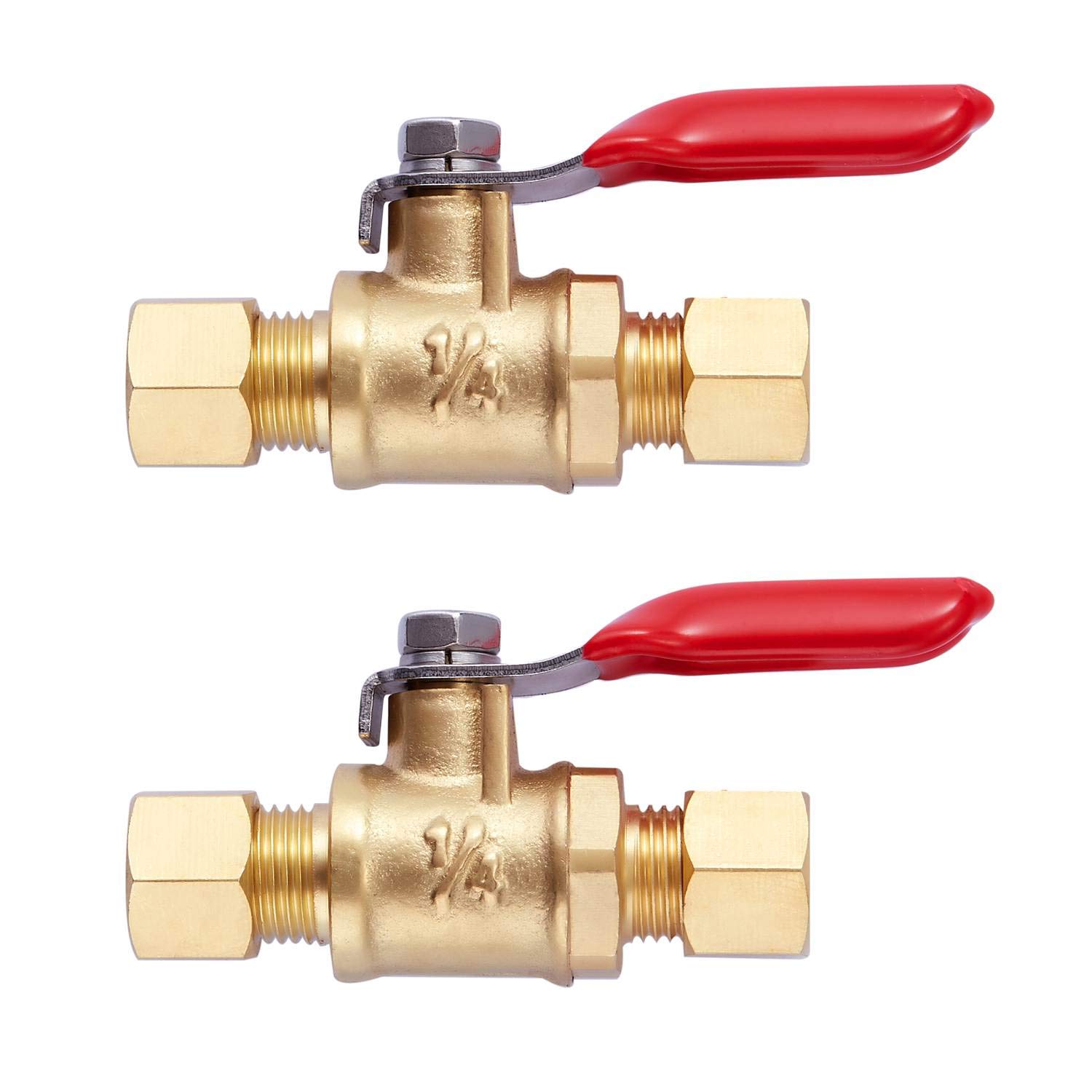
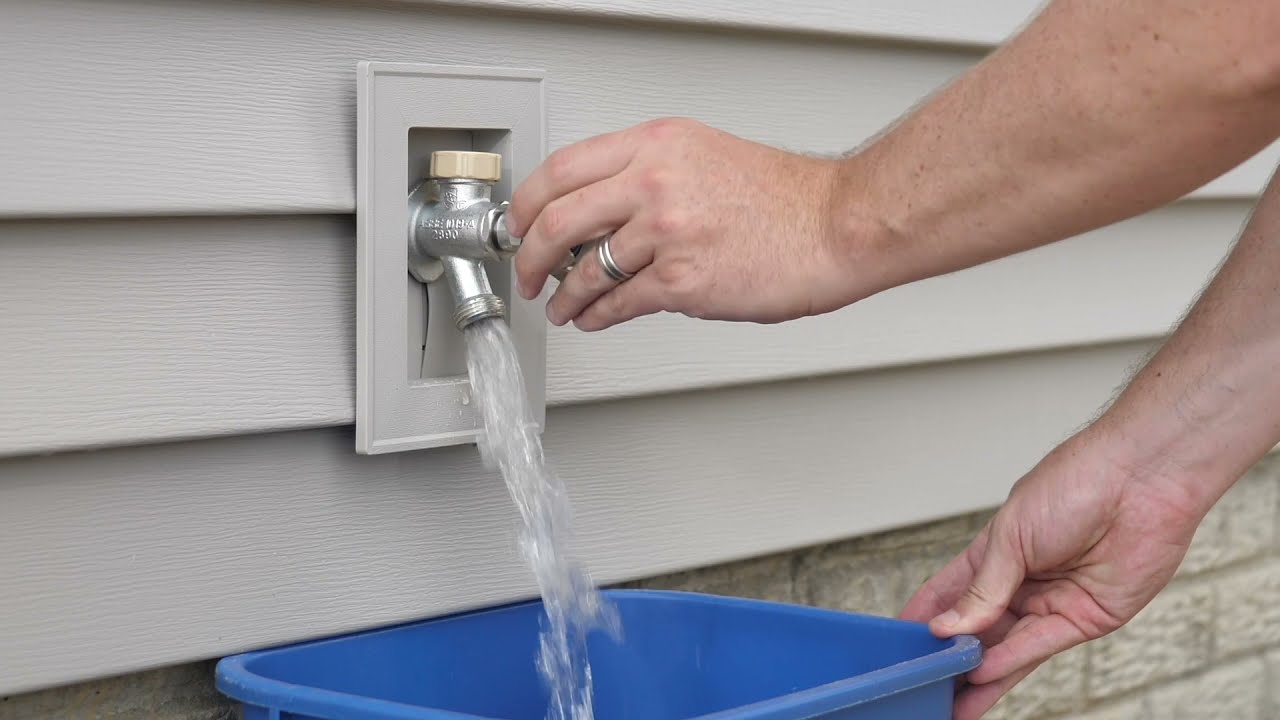
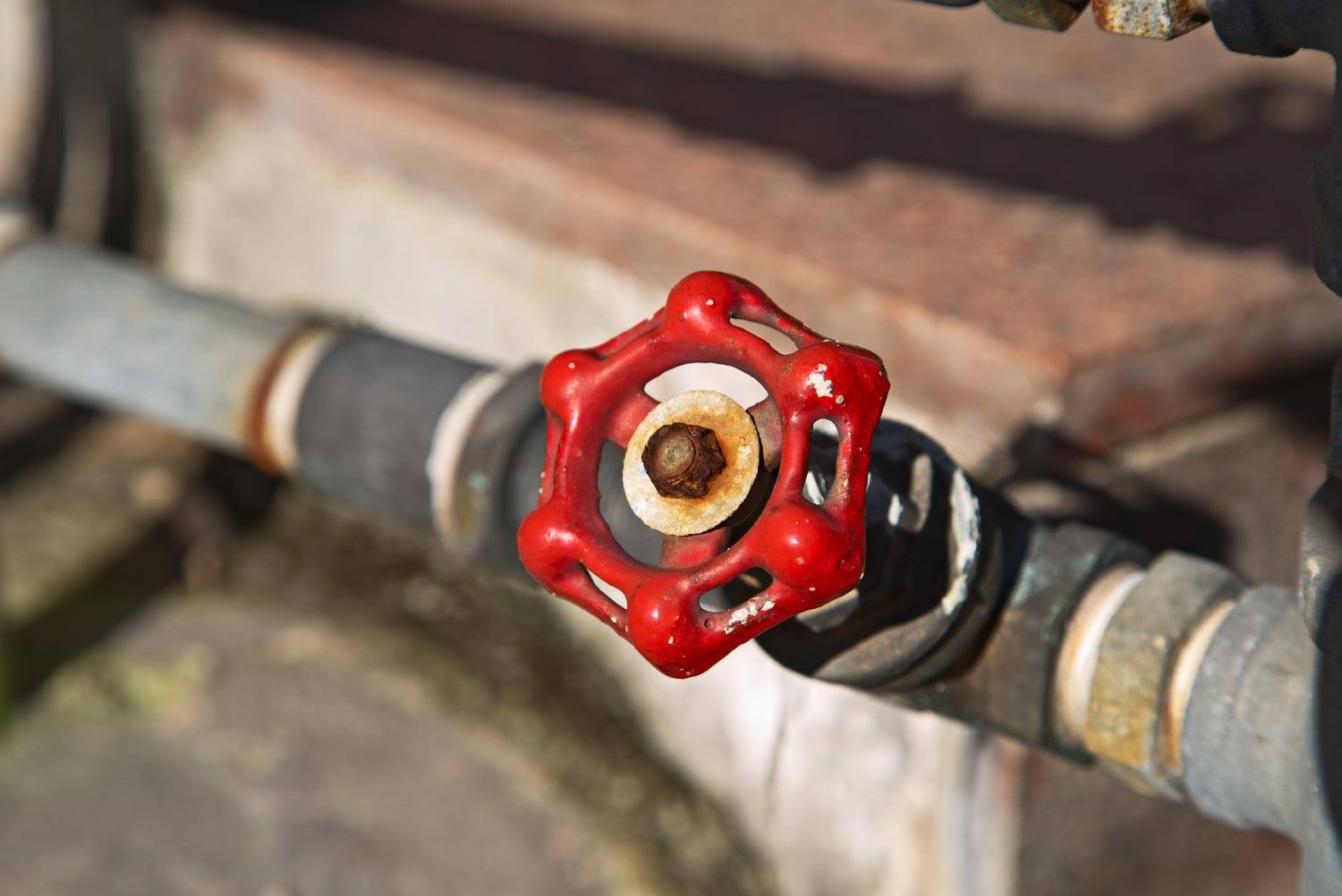
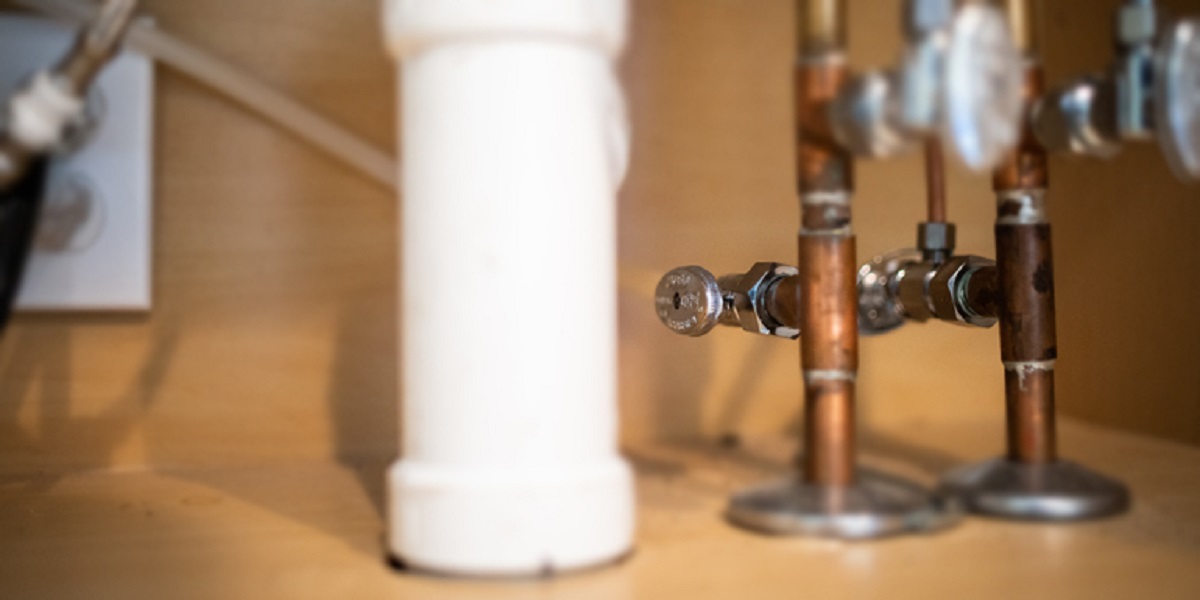
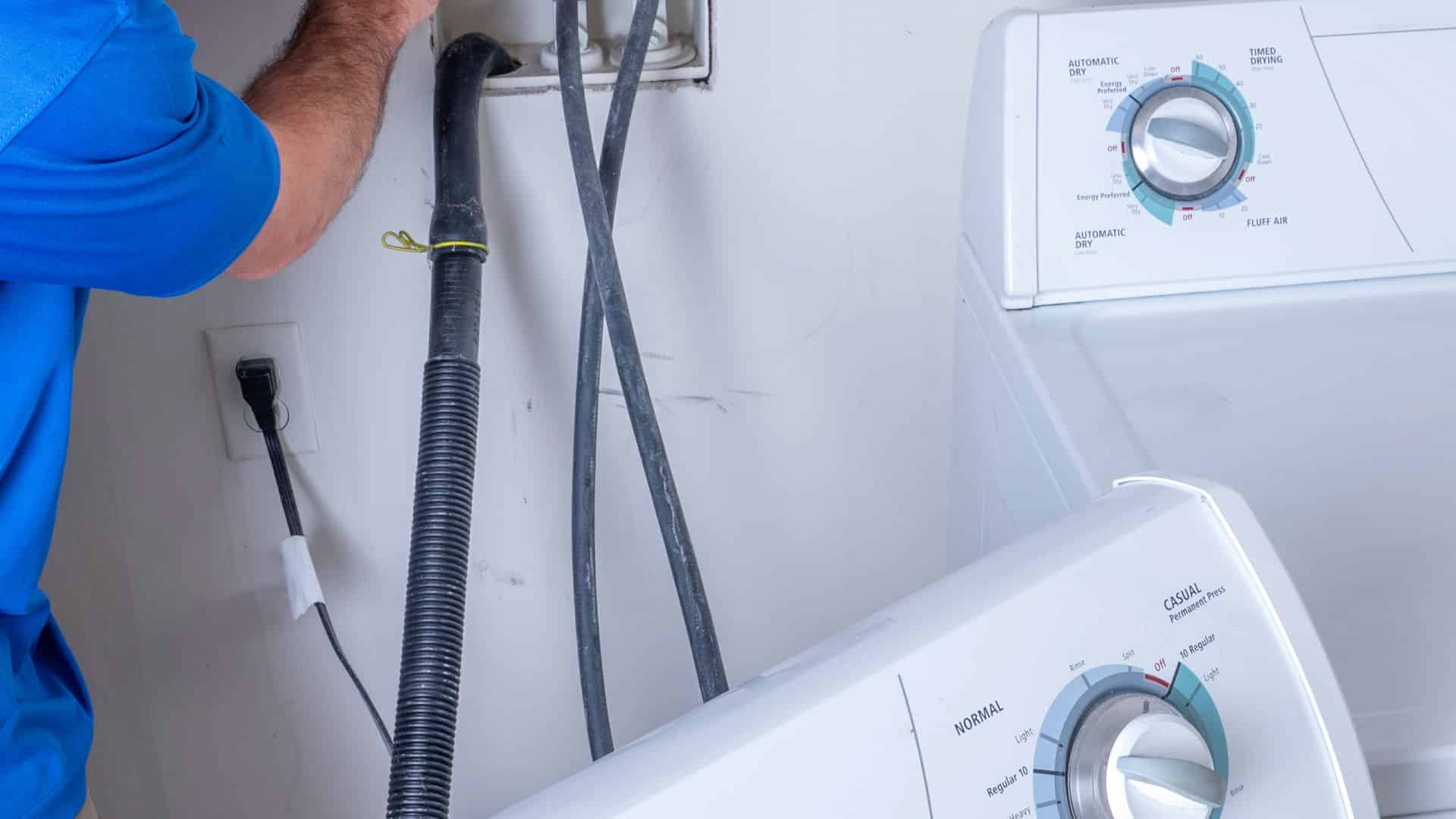
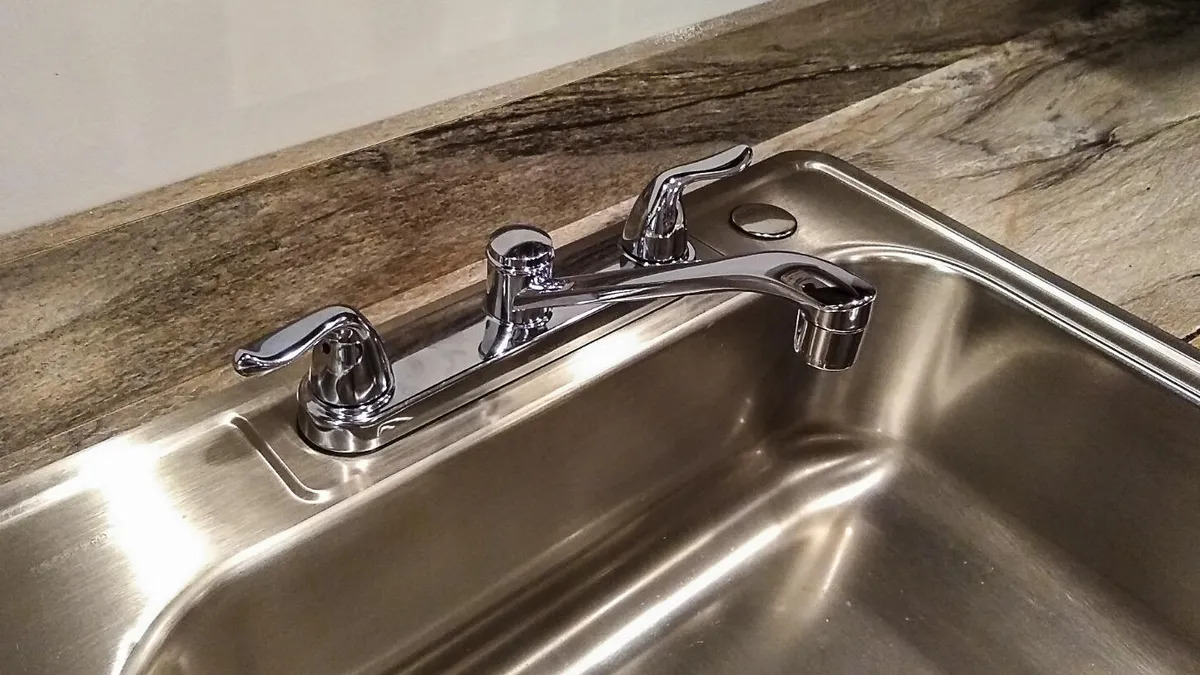
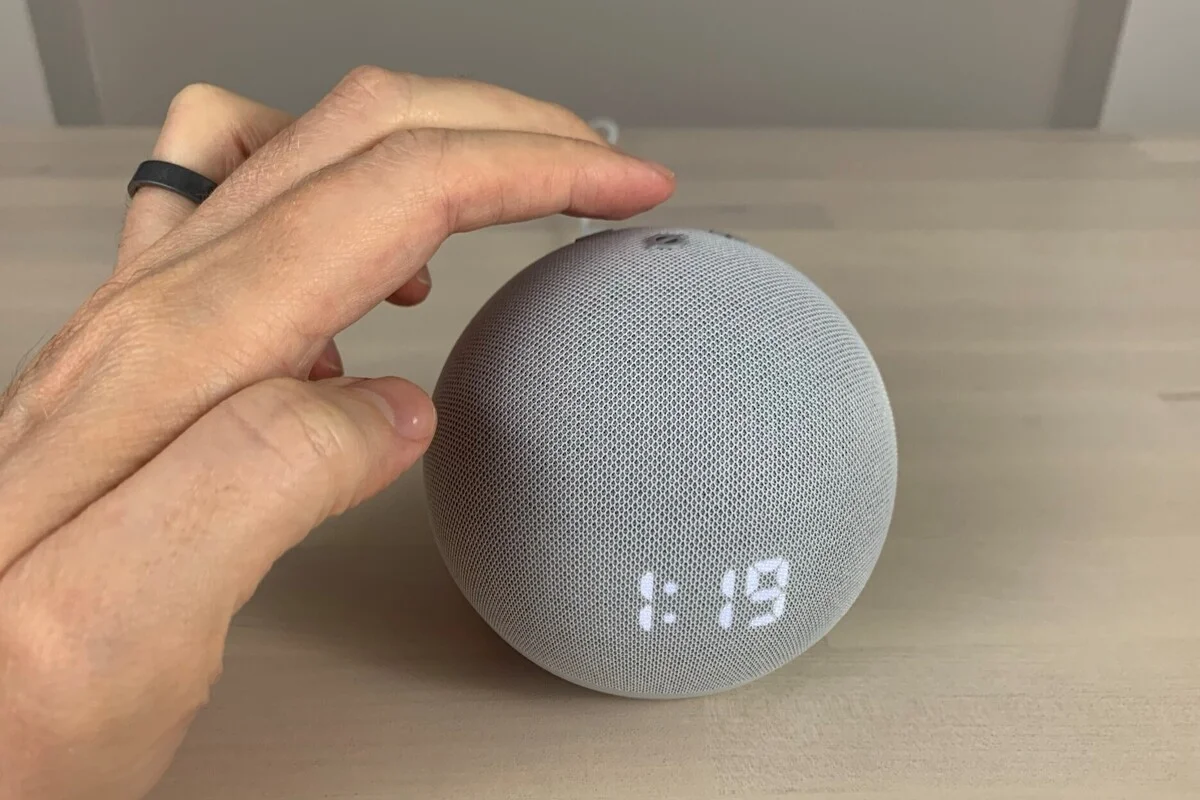


0 thoughts on “How To Find Water Shut Off Valve For Outside Faucet”